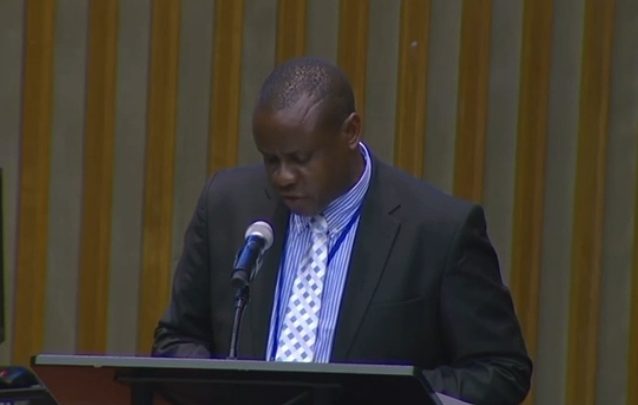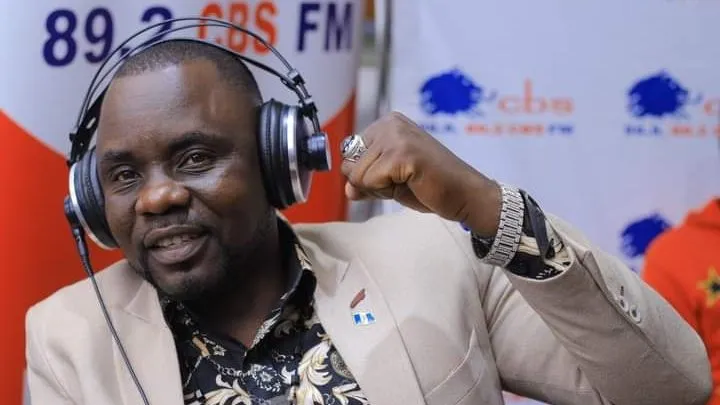Uganda’s Minister of State for Youth and Children Affairs, Hon. Balaam Barugahara, has called on global leaders to prioritize youth voices in leadership, stressing that young people must be given a seat at the table where decisions are made.
Speaking during the High-Level Plenary on the 30th Anniversary of the World Programme of Action for Youth (WPAY) at the United Nations, Barugahara emphasized that youth inclusion should not be symbolic — it must be visible, structured, and impactful.
“Going forward, we need to see more investment and focus on strengthening youth structures to ensure effective, meaningful participation at all levels,” he told delegates.
Uganda’s Example of Youth Inclusion
Barugahara highlighted Uganda’s own progress as a model for youth participation in governance.
- The National Youth Council has been central in ensuring representation of young people in local, national, and regional leadership.
- Government has integrated youth employment initiatives and poverty eradication programs into strategic national development plans.
- Young leaders are being encouraged to take up civic and political roles to bridge the gap between generations.
According to the minister, Uganda’s experience proves that institutionalizing youth structures ensures sustainability in participation and influence.
Closing the Generational Gap
Beyond formal leadership, Barugahara raised concerns about a growing disconnect between generations. He warned that the overreliance on digital gadgets and social media is weakening human-to-human engagement.
“Today, we live in a world where there is minimal interaction between generations, and much of human engagement is with gadgets rather than people. This is not desirable,” he said.
The minister urged intergenerational dialogue as a solution — a process that passes down knowledge, wisdom, and values while ensuring youth remain connected to cultural roots and real-world experiences.
Creativity and Fair Trade as Pathways to Jobs
Turning to the economic challenges facing youth, Barugahara called for a global shift from aid dependency to fair trade and value addition. He argued that exporting raw materials without processing robs young people of potential jobs and limits national economic growth.
He further emphasized the creative industry as one of the most powerful engines of youth employment.
“UNESCO has taught us that the creative industry is the fastest-growing industry in the world. It is therefore prudent that we triple our investment into this promising sector,” he stressed.
Barugahara urged governments to invest in music, film, fashion, digital art, and entertainment, industries that continue to create jobs and global opportunities for young innovators.
Why This Matters
The World Programme of Action for Youth (WPAY), adopted in 1995, continues to guide UN member states in empowering young people socially, politically, and economically. Thirty years later, leaders like Balaam Barugahara are pushing for the agenda to be more than policy on paper — but tangible opportunities that young people can see and feel.
For Uganda, the minister’s speech reflects the government’s ongoing efforts to balance traditional governance structures with modern youth empowerment strategies. Globally, it signals a reminder that youth make up the largest demographic in many countries — and sidelining their voices risks undermining sustainable development.
Final Word
Balaam’s address at the UN was not just a call for inclusion but a blueprint for action:
- Strengthen youth governance structures.
- Foster intergenerational dialogue.
- Create jobs through fair trade, value addition, and creativity.
With over half of the world’s population under 30, the urgency is clear: youth must be seen, heard, and empowered — not tomorrow, but today.





